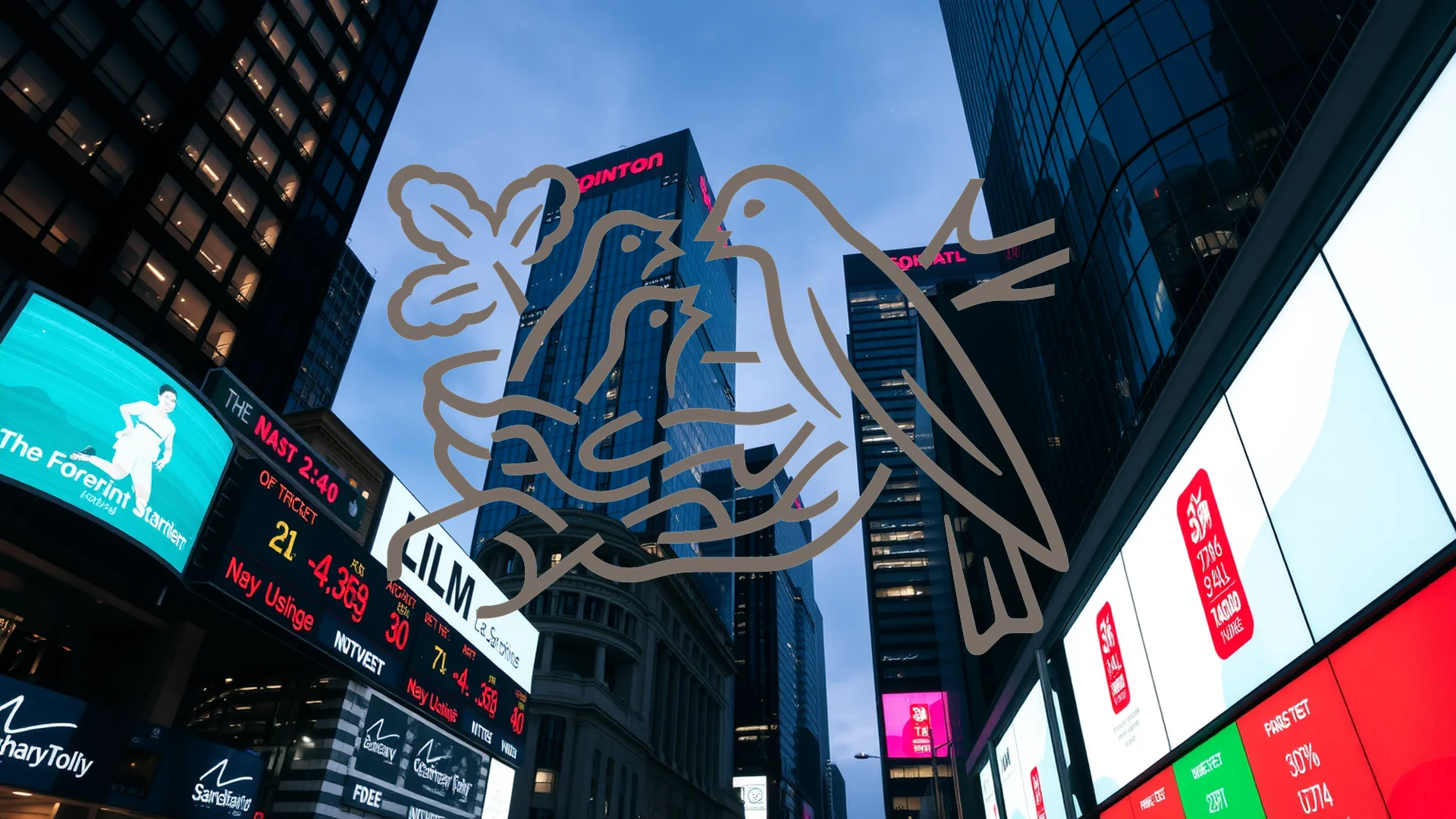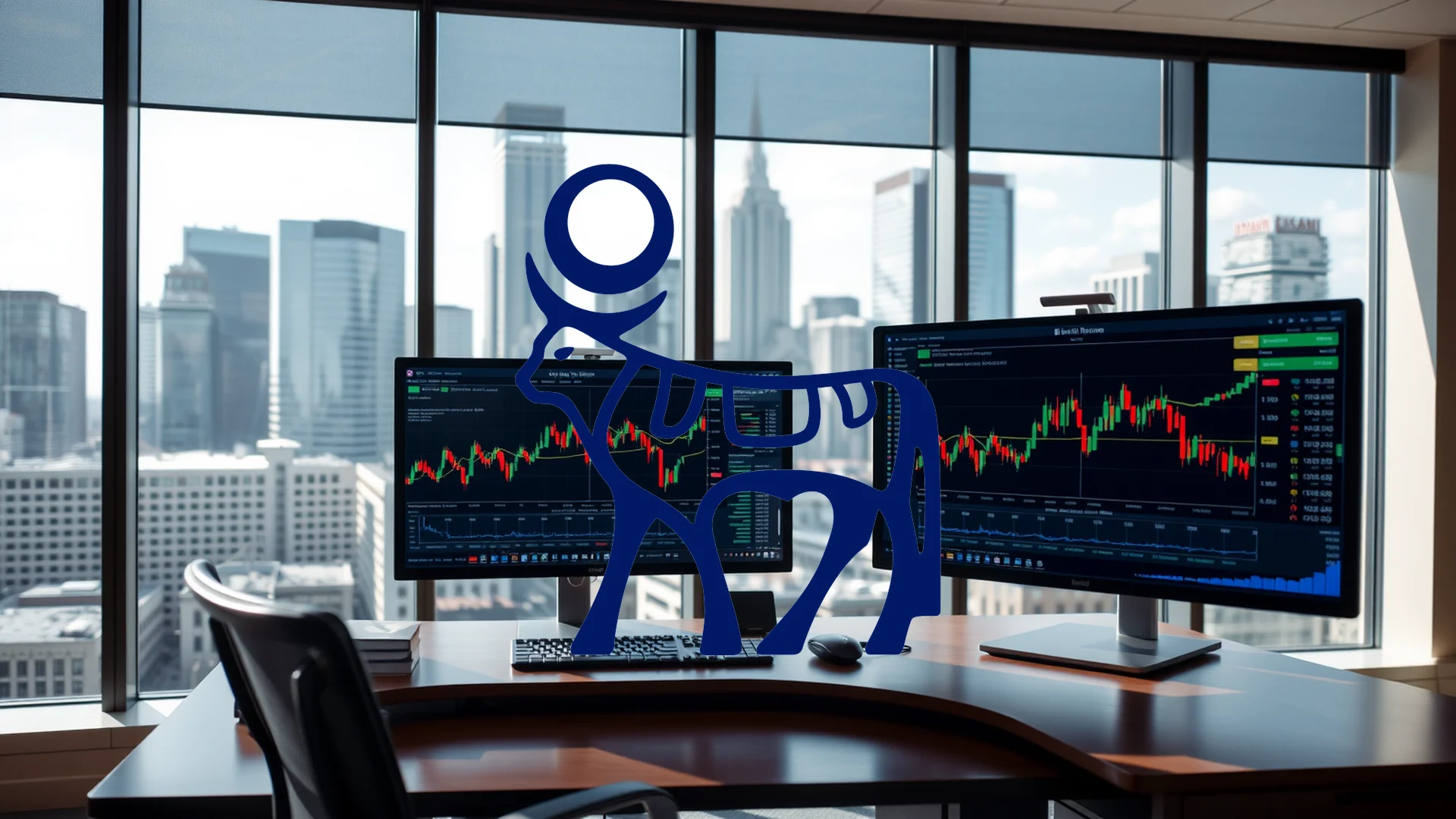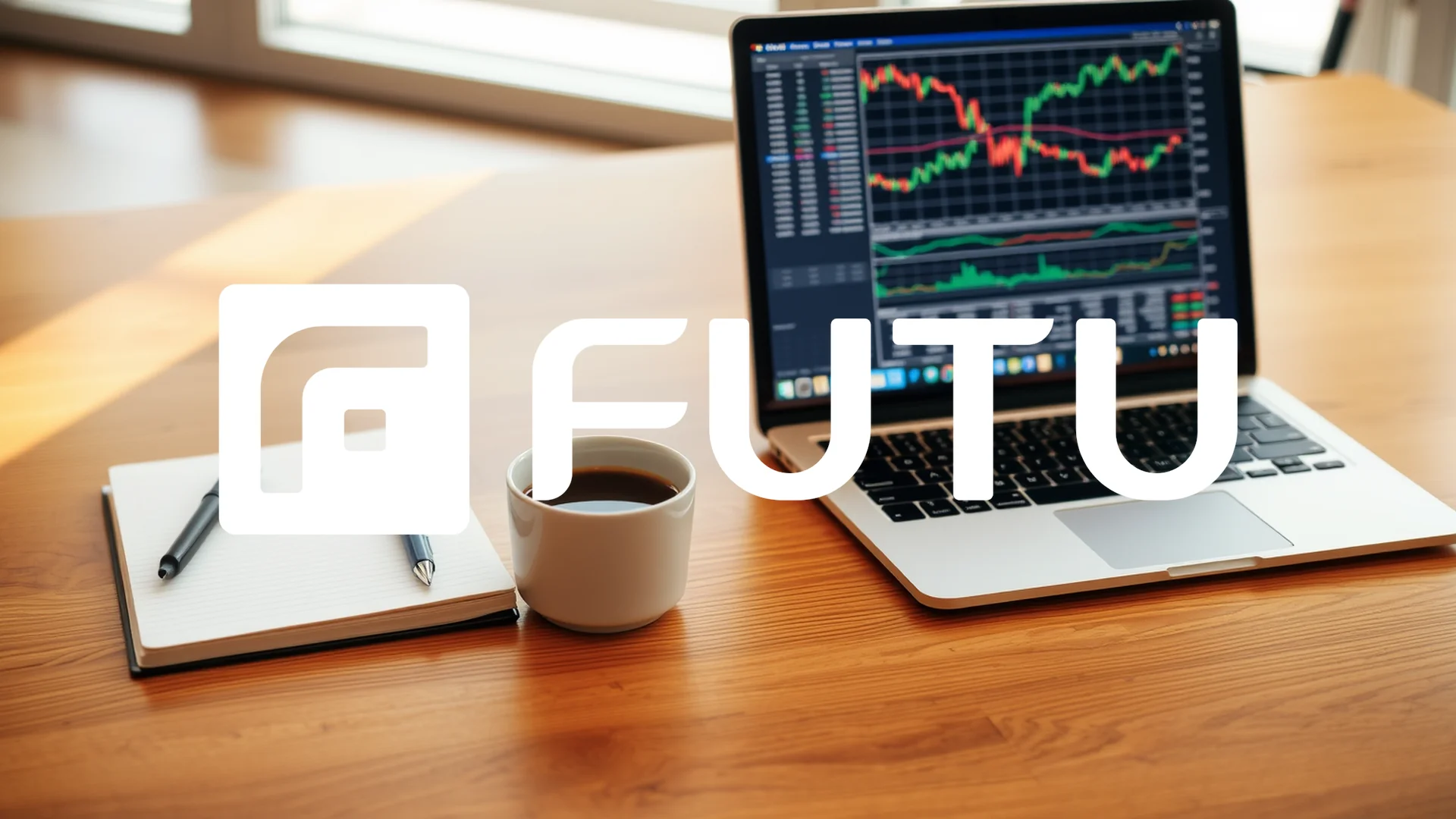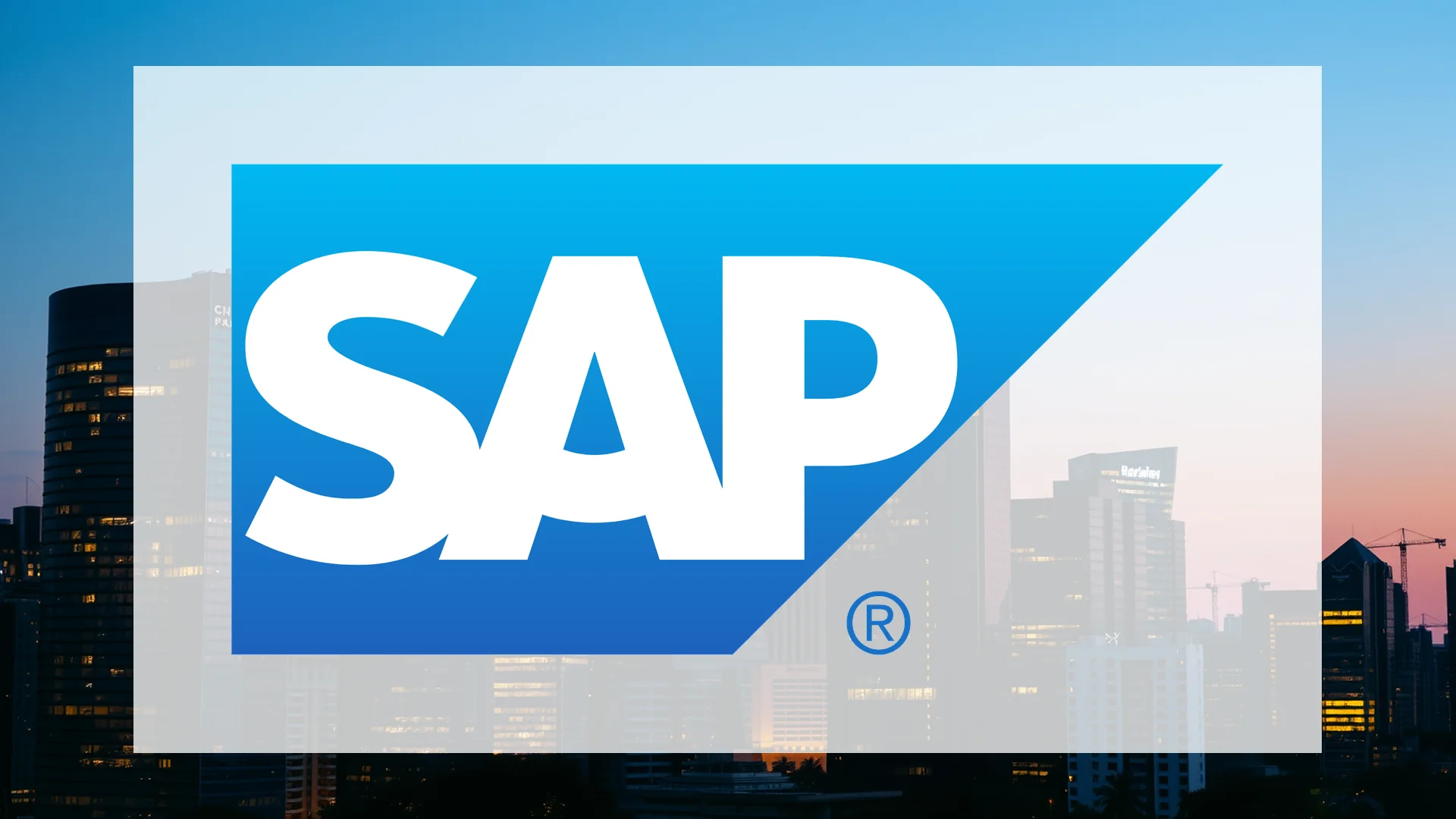The Global X NASDAQ 100 Covered Call ETF (QYLD) finds itself navigating conflicting market forces. While the Federal Reserve’s September 17 interest rate cuts provided support for equity markets, they simultaneously compressed the option premiums that form the fundamental revenue stream for this covered call strategy ETF.
Tech Concentration Amplifies Risk Profile
Although QYLD maintains physical holdings in all NASDAQ 100 constituents and writes corresponding index call options, its diversification appears superficial upon closer examination. The fund’s portfolio reveals significant concentration risk:
- Top ten holdings constitute 54.25% of total assets
- Heavy weighting toward mega-cap technology stocks
- Dual vulnerability to any weakness in major tech positions
This substantial exposure to a single sector makes the ETF particularly susceptible to industry-specific downturns, raising questions about its resilience during market turbulence.
Should investors sell immediately? Or is it worth buying Global X NASDAQ 100 Covered Call ETF?
Volatility Compression Squeezes Premium Income
The Federal Reserve’s monetary policy moves have substantially dampened market volatility. By September 19, the VIX volatility index settled at 15.45 points, while the NASDAQ volatility index (VXN) registered just 18.74. This environment presents a direct challenge to QYLD’s operational model, as reduced volatility translates directly to lower premiums from the call options the fund sells—its primary income source.
Shifting Appeal in a Lower Rate Environment
Amid these challenges, a potential silver lining emerges. With traditional fixed-income investments losing attractiveness in the wake of rate reductions, the consistent distributions from covered call strategies like QYLD’s may regain appeal for income-focused investors seeking alternatives to bonds.
Evaluating the Income Proposition
The central question for investors now revolves around whether QYLD’s diminished income potential sufficiently compensates for its concentrated tech exposure. While accommodative Fed policy may support equity markets in the near term, the same dynamics threaten to undermine the very mechanism that generates this ETF’s returns. The sustainability of QYLD’s strategy faces its sternest test as the fundamental drivers of its premium income face persistent pressure from monetary policy decisions.
Ad
Global X NASDAQ 100 Covered Call ETF Stock: Buy or Sell?! New Global X NASDAQ 100 Covered Call ETF Analysis from November 28 delivers the answer:
The latest Global X NASDAQ 100 Covered Call ETF figures speak for themselves: Urgent action needed for Global X NASDAQ 100 Covered Call ETF investors. Is it worth buying or should you sell? Find out what to do now in the current free analysis from November 28.
Global X NASDAQ 100 Covered Call ETF: Buy or sell? Read more here...













